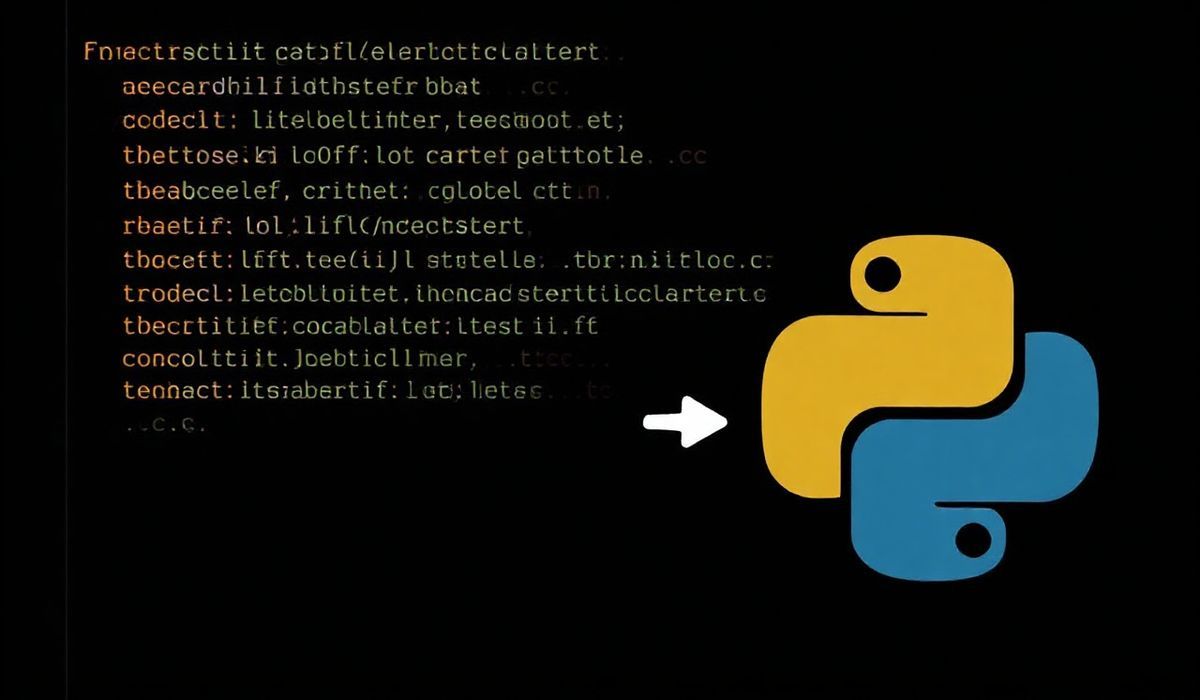Welcome to the Comprehensive Guide to Cloudlocal
Cloudlocal is a versatile cloud-based solution designed to enhance your software development experience. In this guide, we introduce you to Cloudlocal and provide dozens of useful API explanations along with code snippets. Whether you are a beginner or an experienced developer, this guide will help you leverage the power of Cloudlocal to its full potential.
1. Introduction to Cloudlocal
Cloudlocal offers a wide range of APIs that can be integrated into your applications to achieve various functionalities including data storage, user authentication, real-time notifications, and much more. Let’s dive into some of the key APIs provided by Cloudlocal.
1.1 User Authentication API
Handle user registration, login, and authentication seamlessly with the User Authentication API.
POST /api/auth/register
{
"username": "exampleUser",
"password": "examplePass",
"email": "user@example.com"
}
POST /api/auth/login
{
"username": "exampleUser",
"password": "examplePass"
}
GET /api/auth/logout
1.2 Data Storage API
Store and retrieve data efficiently using the Data Storage API.
POST /api/data/store
{
"key": "exampleKey",
"value": "exampleValue"
}
GET /api/data/retrieve
{
"key": "exampleKey"
}
1.3 Real-time Notifications API
Send real-time notifications to your users with ease using the Real-time Notifications API.
POST /api/notifications/send
{
"user_id": "exampleUserId",
"message": "Hello, this is a test notification!"
}
GET /api/notifications/retrieve
{
"user_id": "exampleUserId"
}
1.4 File Upload API
Manage file uploads conveniently with the File Upload API.
POST /api/files/upload
{
"file": "binaryFileData"
}
GET /api/files/download
{
"file_id": "exampleFileId"
}
1.5 Analytics API
Track and analyze user behavior with the Analytics API.
POST /api/analytics/track
{
"event": "page_view",
"properties": {
"page": "homepage"
}
}
GET /api/analytics/report
2. Example App Using Cloudlocal APIs
Here is an example of a simple app that utilizes the Cloudlocal APIs introduced above:
// User Registration
fetch('/api/auth/register', {
method: 'POST',
headers: {
'Content-Type': 'application/json'
},
body: JSON.stringify({
username: 'newUser',
password: 'securePass',
email: 'newuser@example.com'
})
}).then(response => response.json())
.then(data => console.log('User Registered:', data));
// Storing Data
fetch('/api/data/store', {
method: 'POST',
headers: {
'Content-Type': 'application/json'
},
body: JSON.stringify({
key: 'sampleKey',
value: 'sampleValue'
})
}).then(response => response.json())
.then(data => console.log('Data Stored:', data));
// Sending Real-time Notification
fetch('/api/notifications/send', {
method: 'POST',
headers: {
'Content-Type': 'application/json'
},
body: JSON.stringify({
user_id: 'newUserId',
message: 'Welcome to Cloudlocal'
})
}).then(response => response.json())
.then(data => console.log('Notification Sent:', data));
With these examples, you can easily build and enhance your applications using Cloudlocal APIs. Start integrating and make the most out of Cloudlocal’s powerful capabilities!
Hash: 4bf9d1946ea0911eb08d74c534ffcdee0d25c91b9b390449e6c2e38bf2277832




